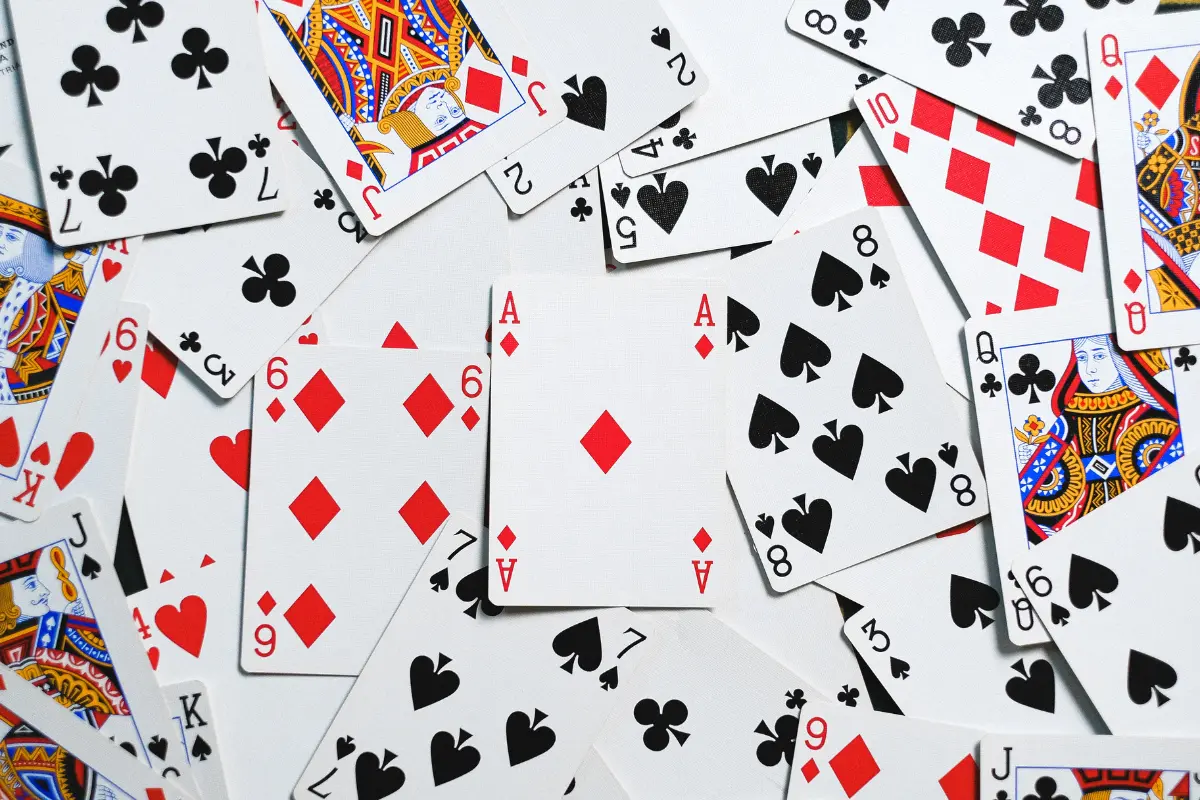A standard deck of playing cards has been used for centuries in games, magic tricks, and even for divination. One of the most iconic and well-known cards in any deck is the ace. In this article, we will explore the details surrounding aces, their significance in a deck of cards, and how they are used in various contexts.
Understanding the Composition of a Deck of Cards
Before diving into the specifics of aces, it is important to understand the structure of a standard deck of cards. A typical deck contains:
- 52 cards divided into four suits: Hearts, Diamonds, Clubs, and Spades.
- Each suit contains 13 cards, numbered from 2 to 10, along with three face cards (Jack, Queen, King) and one ace.
This means that every suit has exactly one ace, resulting in a total of four aces in a standard deck of cards.
What Are the Aces?
The ace is the card typically marked with a single pip (symbol) of its suit. Aces hold a unique position in card games due to their versatile and often powerful role.
- Design: The ace card often features a large central symbol of its suit, making it stand out visually from other cards. The Ace of Spades, in particular, is often decorated elaborately and carries historical significance.
- Value: Depending on the game, the value of an ace can vary. In many games, it is the highest-ranking card, while in others, it can act as the lowest-ranking card (below 2).
How Many Aces Are There in a Deck?
As established, there are four aces in a deck of cards. Each ace belongs to a specific suit:
- Ace of Hearts – Representing the suit of hearts.
- Ace of Diamonds – Representing the suit of diamonds.
- Ace of Clubs – Representing the suit of clubs.
- Ace of Spades – Representing the suit of spades.
Each ace is unique in its suit but identical in value and rank within the deck.
The Significance of Aces in Card Games
High-Value Card
In most card games, the ace is considered the highest-ranking card in its suit. For example:
- In Poker, an ace can be used to form the highest-ranking hand, such as a Royal Flush (Ace, King, Queen, Jack, and 10 of the same suit).
- In Rummy, aces can form part of sequences or sets and are often assigned high points.
Low-Value Card
Conversely, in some games like Blackjack, the ace is unique in its ability to represent both a high and low value (1 or 11), depending on the player’s hand.
Trump Card
In games like Bridge or Euchre, an ace of a trump suit often holds a special, unbeatable status.
Special Role in Solitaire
In Solitaire, aces are foundational cards used to build sequences in ascending order for each suit.
Historical and Symbolic Importance of Aces
Cultural Symbolism
The Ace of Spades holds particular cultural and historical significance:
- During the French Revolution, the Ace of Spades was seen as a symbol of power and wealth.
- In military contexts, it has been used as an insignia or morale booster.
Symbol of Luck
In many cultures, the ace is considered a symbol of good fortune. It is often associated with skill and strategy in games.
Art and Customization
Card manufacturers often decorate the Ace of Spades with intricate designs to make it a centerpiece of the deck. This tradition began as a tax stamp requirement during the 17th century in England.
How Aces Are Used in Different Card Games
Poker
In Poker, aces are highly valued. They can form the strongest combinations:
- Pair of Aces (known as “pocket rockets”) is a strong starting hand.
- Royal Flush, the highest possible hand, includes the Ace of Spades.
Blackjack
The ace is versatile in Blackjack:
- It can be worth either 1 point or 11 points, giving players flexibility in reaching 21.
Bridge
In Bridge, aces are the most valuable cards in terms of points, contributing heavily to a player’s hand strength.
Fun Facts About Aces
- The Ace of Spades in History: It was once required to bear the insignia of the card manufacturer and pay a tax in 17th-century England.
- In Magic Tricks: The ace is often a focal point in card magic, with magicians using its standout design to perform illusions.
- In Tarot Decks: While not a standard part of a Tarot deck, the concept of the ace has been borrowed to represent new beginnings and potential.
Misconceptions About Aces
There Are More Than Four Aces
Some people mistakenly believe there are more than four aces in a deck. This may stem from special decks used for specific games that include additional cards.
Jokers as Aces
Jokers are not aces; they are separate cards used in some games as wild cards or trump cards.
Variations in Non-Standard Decks
While a standard deck has four aces, certain card decks may differ:
- Pinochle Decks have two copies of each ace, totaling eight.
- Double Decks used in Rummy or Canasta have eight aces.
These variations are specific to particular games and do not apply to the traditional deck structure.
Conclusion
To answer the original question succinctly: There are four aces in a standard deck of 52 cards, each belonging to one of the four suits—Hearts, Diamonds, Clubs, and Spades. The ace is a versatile and iconic card that holds significant value in various card games, making it a favorite among players worldwide.
From its historical significance to its strategic importance in modern games, the ace continues to be a symbol of power, luck, and skill. Whether you’re a seasoned card player or a beginner, understanding the role of aces in a deck is essential for mastering any game.

